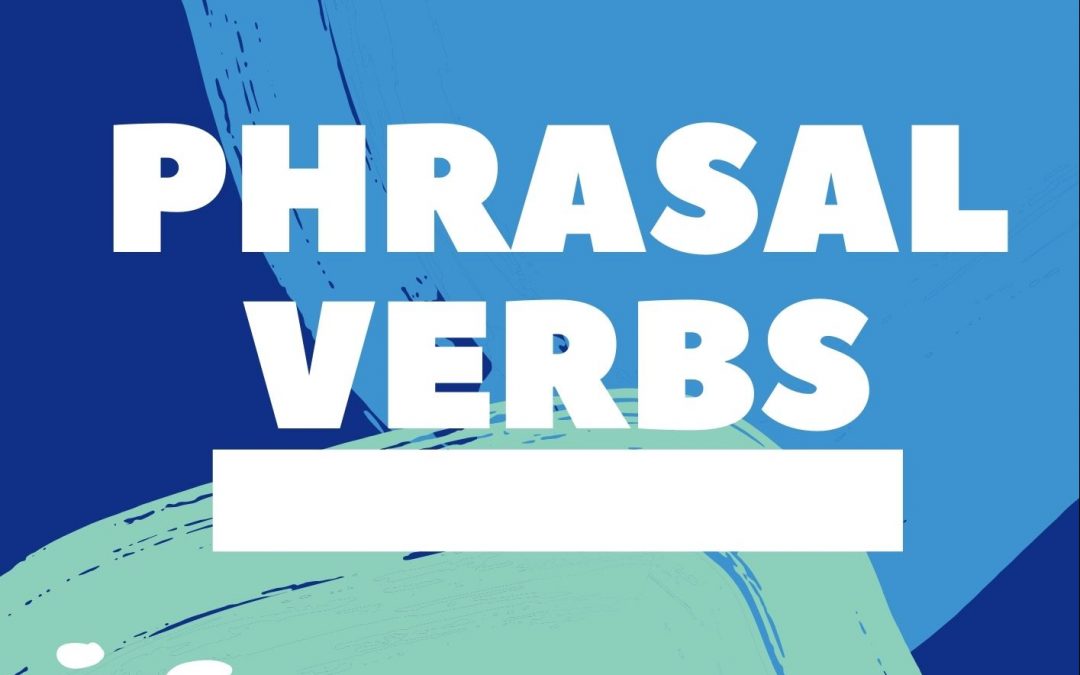Back in October last year, I wrote a couple of blogs about phrasal verbs with UP as an example of how you can attack phrasals by focussing on the preposition (or particle), not the verb. I ended by promising to write a similar analysis of DOWN in my next blog, and then promptly forgot about it because I got excited about relative clauses.
In my defence, nobody was actually breaking down my door begging me for the promised blog, and I’m aware that phrasals aren’t everyone’s favourite topic, but if you understand some basic principles about them, it can really improve your understanding with native speakers who spray you with them in meetings and phone calls without even realising they’re ruining your day. On that basis, I’ve decided to persevere and try to explain what DOWN boils down to.
Easy Opposites
Predictably, many phrasals with DOWN are the opposites of the same verb with UP. You can, go, run or walk up or down the stairs, and you’ll take or bring the mail up and the rubbish down. In all phrasals of this type, the particles make it clear you are moving yourself or something else upwards or downwards so the verb itself is secondary and can be adjusted to give more detail, as when you emphasise that you’re just nippingor popping down to the bar, all of which sound much faster than the basic going down.
Increase and Decrease
Phrasals with DOWN also provide the opposites to many UP phrasals in the “Increase-Improvement” category. However, we are now in idiom territory, so the verbs are less flexible and normally different to their UP partners. Things that you warm or heat up can only be cooled down, and things that speed up always have to slow down. There are some exceptions where the verb is the same: you turn the volume up or down and you can put your prices up and down in business, but even there, it’s more common to bring them down.
I get Knocked DOWN… Disintegration
Similarly, phrasals in the “Creative” category for UP often die with their DOWN counterparts. Anything that you set up or put up can be shut down or blown down by the wind, and after sufficient stress, both your or a machine will eventually break down. Sometimes, of course, you have to break something down so you can analyse how it works and try to build it up again better, or make it add up to less.
Taken DOWN in Writing
The final category of DOWN phrasals has no real opposite with UP, but it’s common and easy to understand. It starts with the idea that you have to look down to write something. This is why native speakers are more likely to write down your address instead of simply writing it, or they may note, jot or copy it down, all with the same basic meaning. It might even be the reason why we get down to business when the small talk ends in a meeting and we look down at the agenda.
I hope you find this way of looking at phrasals helpful, and I will return to the topic soon by moving on to ON, but I know this phrasals stuff takes time to digest and my next blog will be a bit less technical – I’ll be trying to sort out the latest rules for formality in email and other written communication. Good luck with the battles until then!
To know more about other phrasal verb, go to the phrasal verb cathegory in our blog:
https://secondlanguage.net/category/clases-en-ingles-didacticas/phrasal-verbs/


